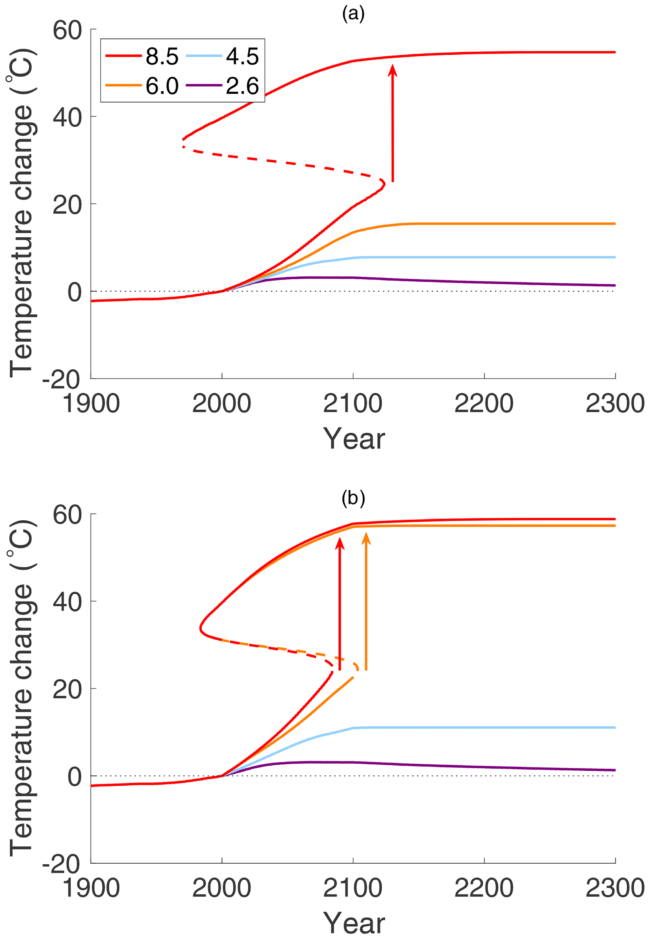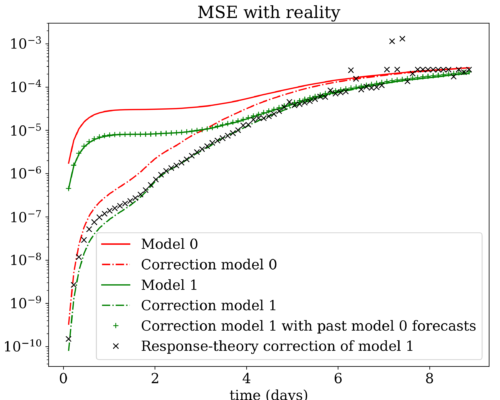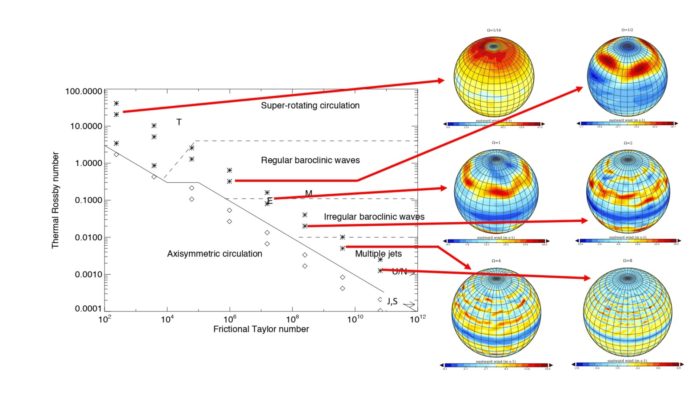The July 2020 NPG Paper of the Month award goes to Kolja Kypke, William Langford and Allan Willms, for their paper “Anthropocene climate bifurcation” (https://doi.org/10.5194/npg-27-391-2020). All three authors work at the University of Guelph, in Guelph, Ontario, Canada. William Langford did his PhD at the California Institute of Technology in 1971 under the supervision of Herbert Kel ...[Read More]
NPG Paper of the Month “Anthropocene climate bifurcation”




